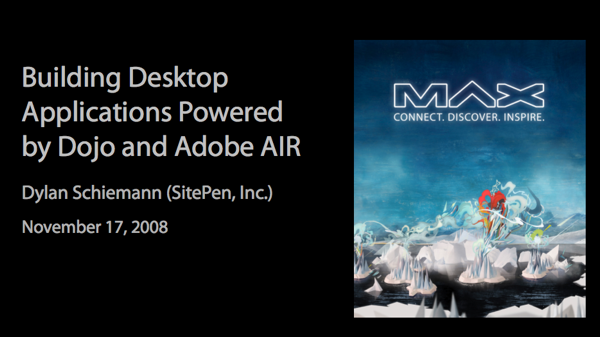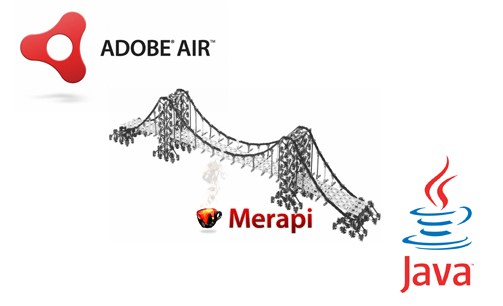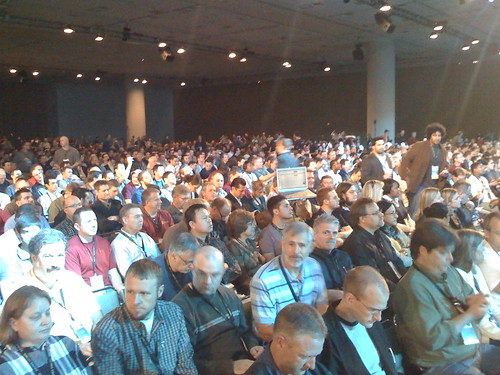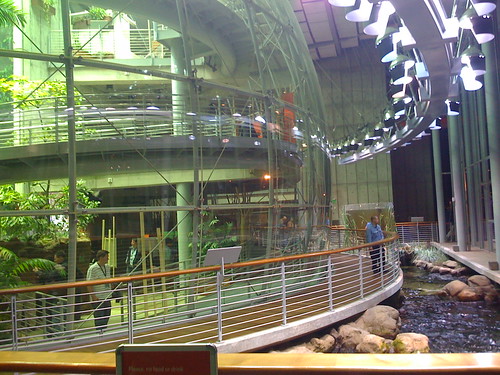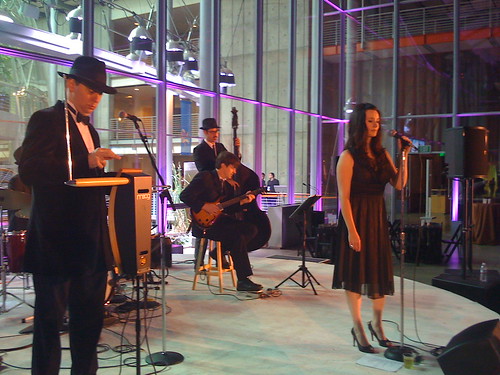I’ve wanted to take a trip around the world for most of my life.
When I was growing up, my Grandfather entered a contest to guess the total feet traveled of all Cubs home runs from the start of the season until a specific date. He turned in his contest entry, and after turning it in, he realized that he made an error in his calculations. It’s good that he made this error, because he won the contest to the exact foot. As a result, he threw out the first pitch on fan appreciation day, was interviewed on WGN during the game, and he won a trip around the world for him and my grandmother.
Fast forward many years, and I’m taking my first trip around the world. Through the confluence of many great tech conferences, clients in various countries, the opportunity to meet new people and business leads along the way, extremely cheap airfares and hotels (due to the economic downturn), the amazing worldwide Dojo Community, my Mom having the dream of finally going to Ireland, and the internet making it possible to be productive from anywhere in my line of work, I recently purchased a Star Alliance “Round the World” ticket and will soon embark on a 76 Day journey along this path:
- Los Angeles
- Seoul, South Korea
- Beijing, China
- Tokyo, Japan
- Queenstown, New Zealand
- Auckland, New Zealand
- Sydney, Australia
- Amsterdam, The Netherlands
- Munich, Germany (and several other places in Germany, including the birthplace of my Grandfather)
- London, England
- Manchester, England
- Edinburgh, Scotland
- Glasgow, Scotland
- Stockholm, Sweden
- Galway/Shannon/Cork/Wexford, Ireland (my Mom is flying over for this segment of the trip, and we’re going to see where my Great Grandmother was born)
- Dublin, Ireland
- Milan, Italy
- Paris, France
- London, England (to fly home)
I had to make some difficult decisions about places to skip this trip… South America, India, Spain, Greece, Norway, Eastern Europe, Russia and others missed the cut this time.
I hope to get to meet as many SitePen clients and leads and Dojo users and contributors along the way as possible, while still saving sufficient time for work and sightseeing. I’m speaking at QCon China, QCon Japan, Web’09 (Auckland), SpringOne (Amsterdam), WebTech Exchange (London), and the Swedish Web Developer’s Conference 2009 (Stockholm). We’ll also be hosting a number of Dojo dinner/beer events along the way, and a few other events are still in the works, including a Dojo Community Day in Germany, and possibly a couple of Dojo workshops.
If I’m in your area, please let me know if you want to get together. If you have suggestions on places to have dinner, or things I must see along the way, please let me know. I’ll post more details and specific dates in the near future, but the trip is planned from late March to mid-June.





